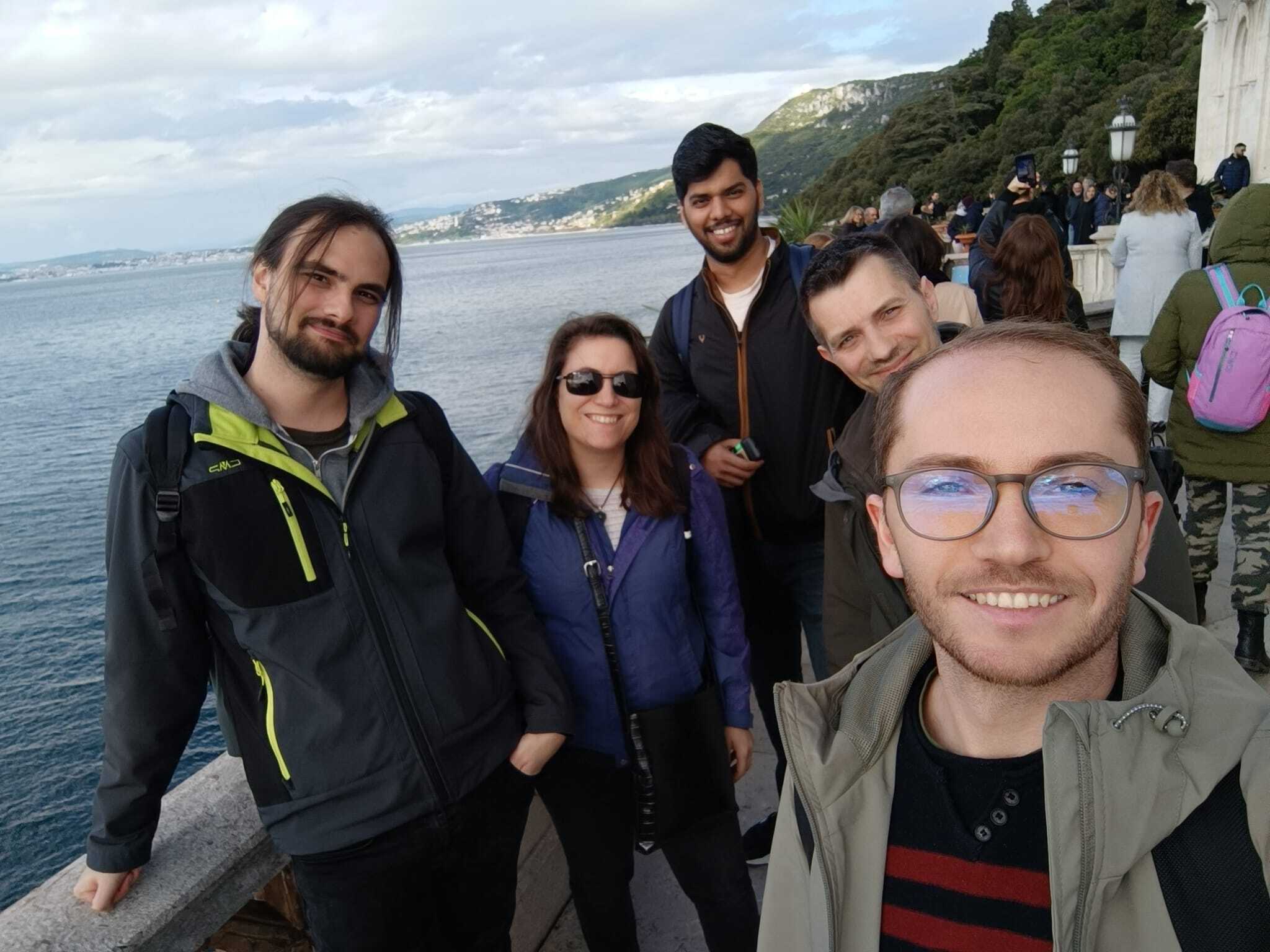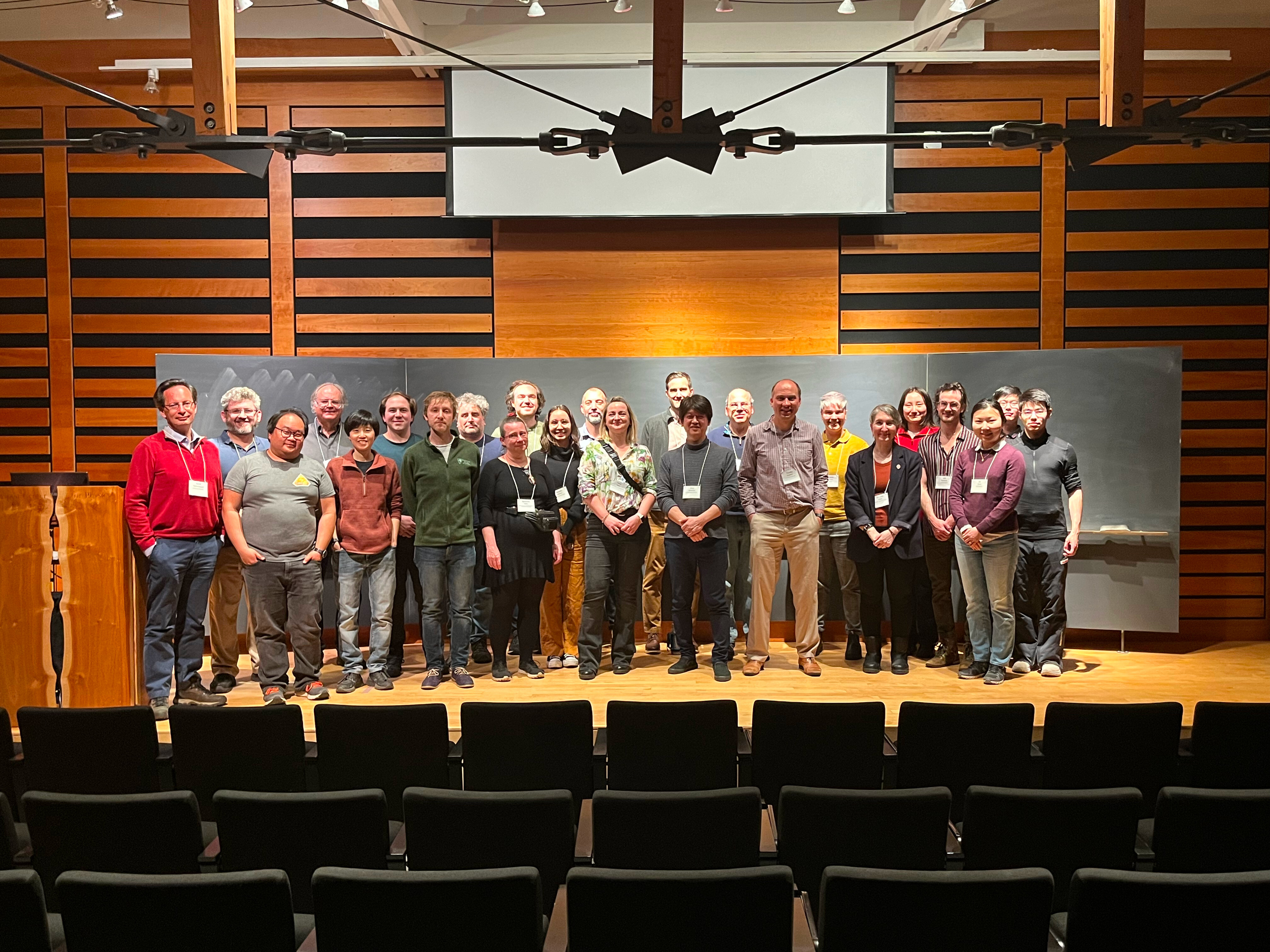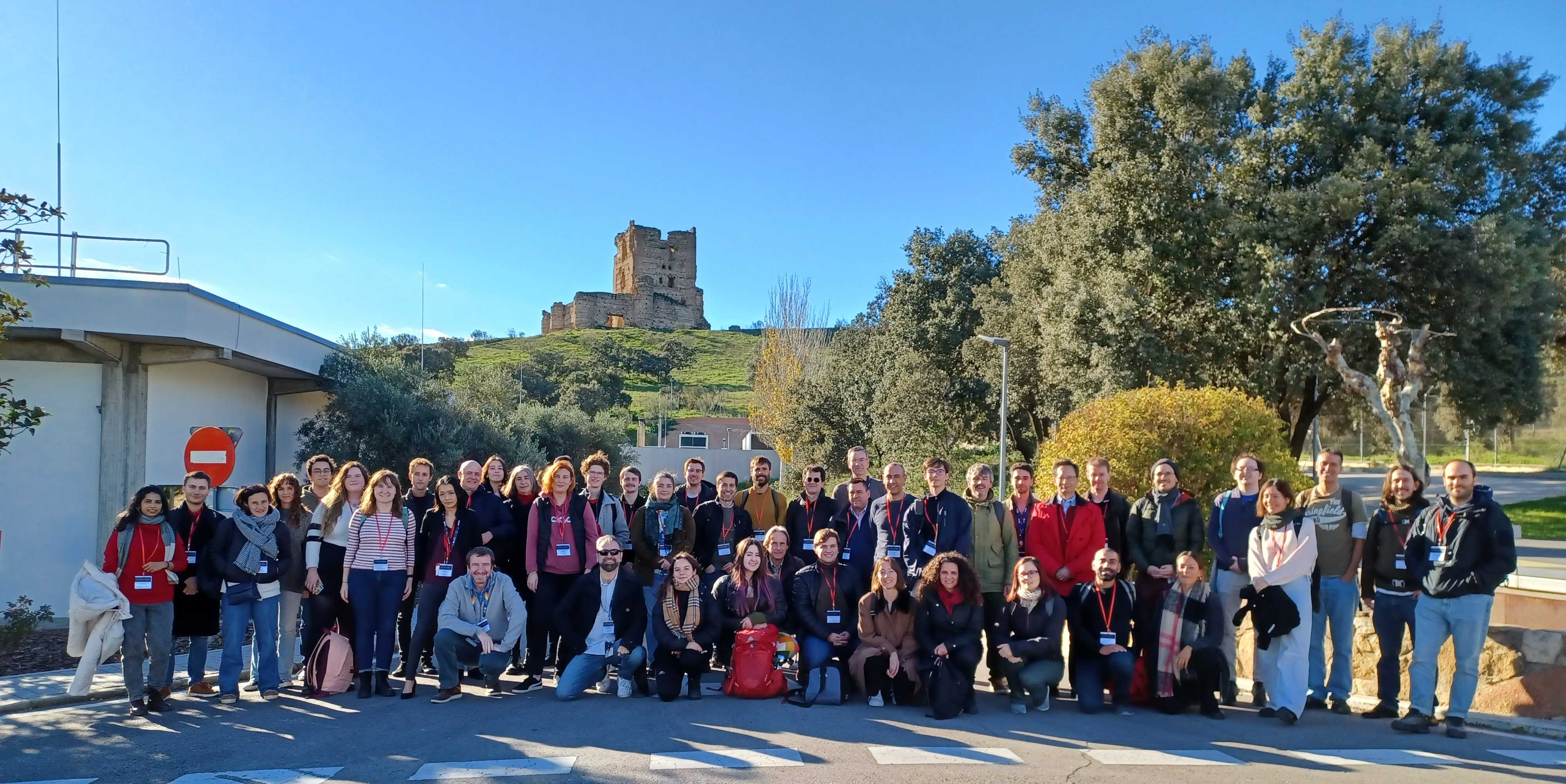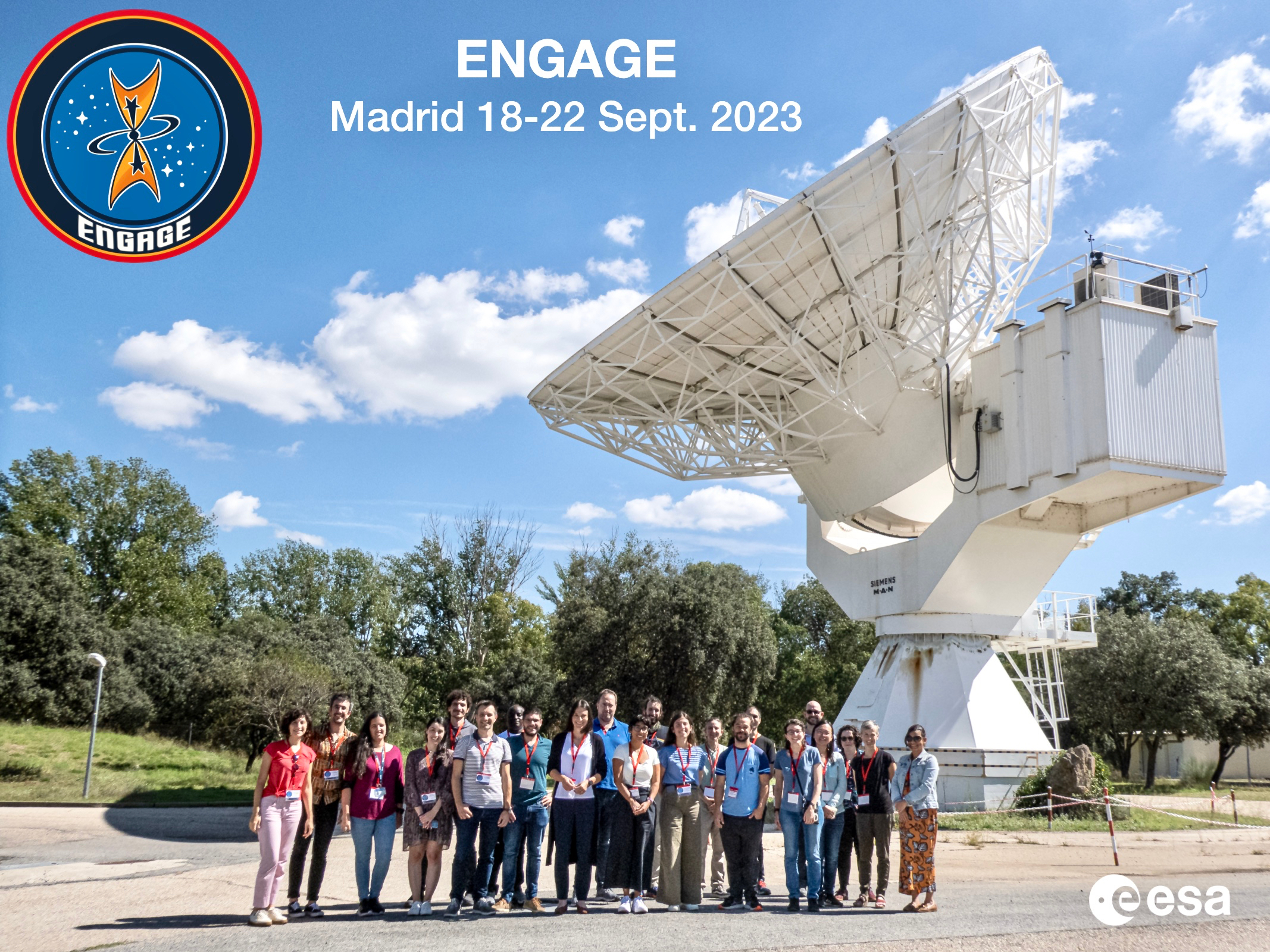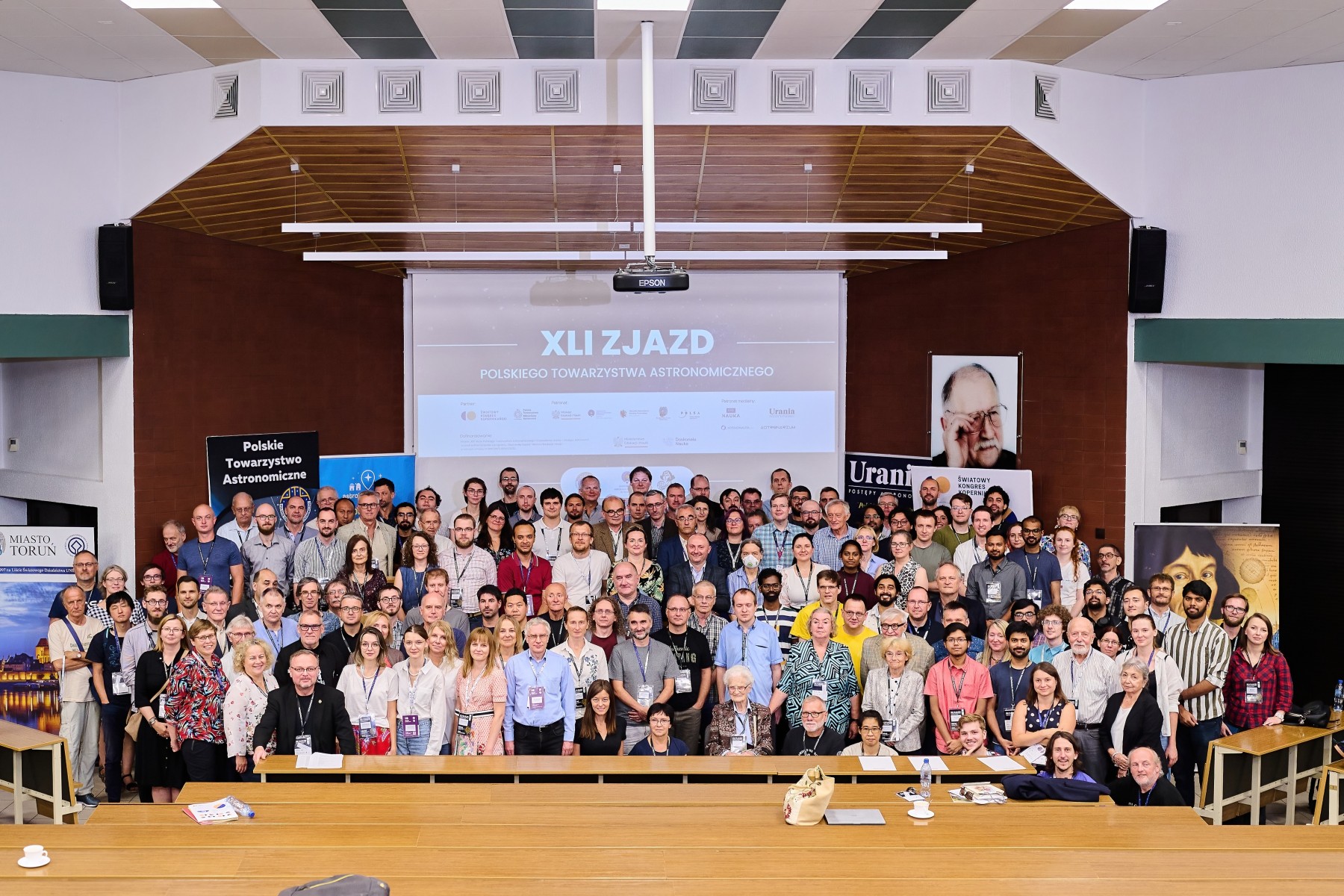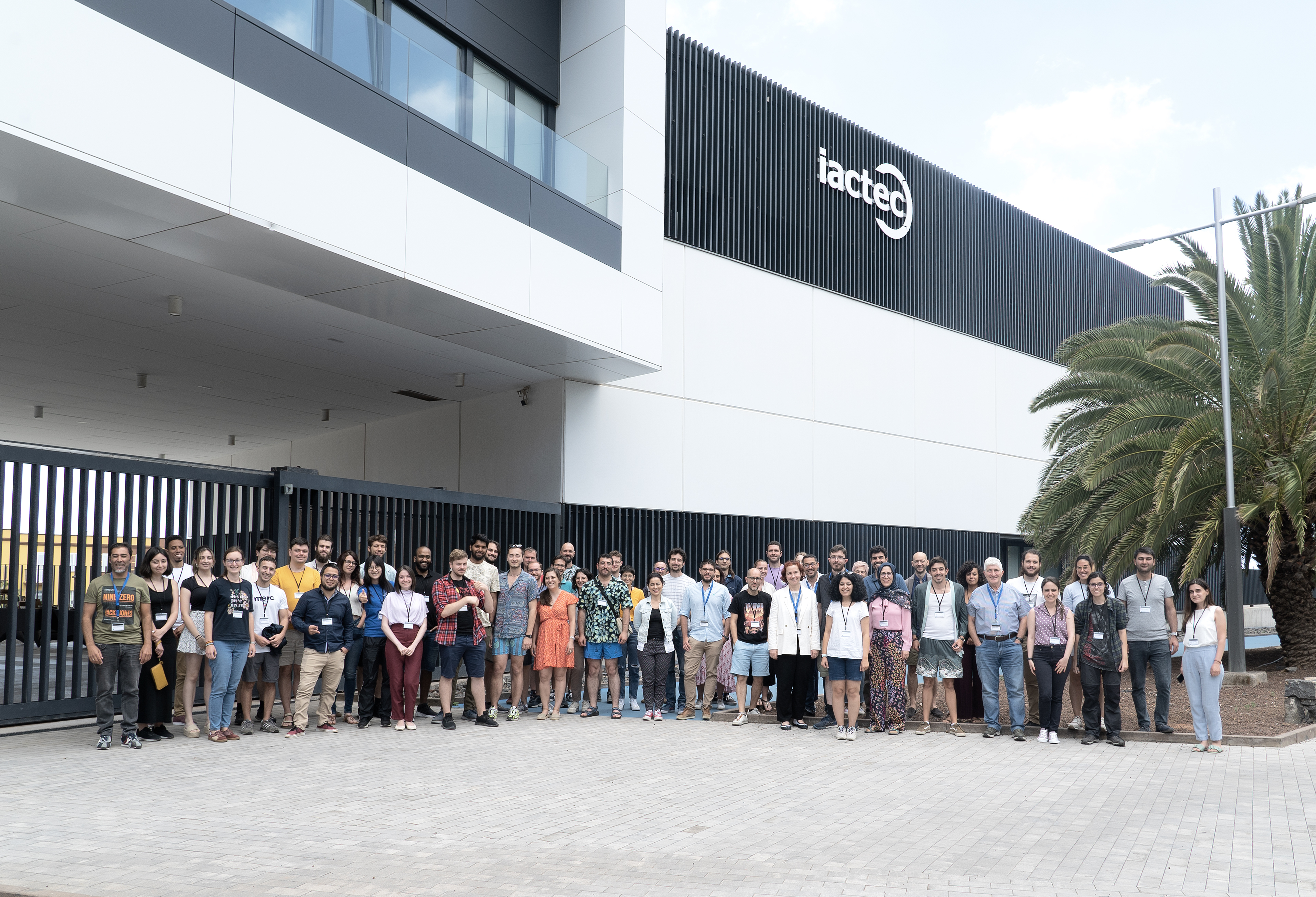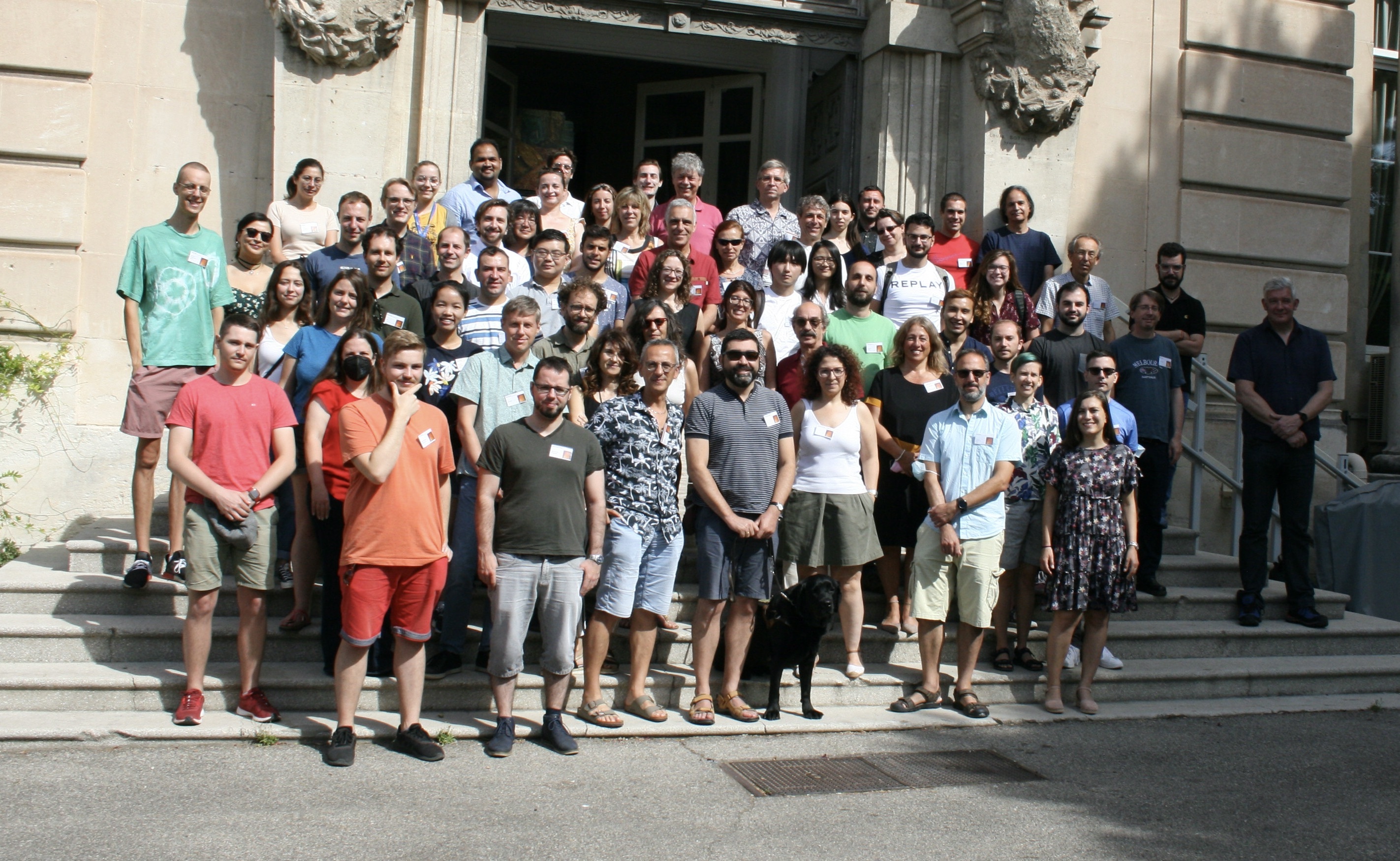Our Research
The fourth division (BP4) of The Fundamental Research Department (Departament Badań Podstawowych) deals with research in astrophysics and astronomy, mainly their observational aspects. The BP4 division is located in Warsaw at 7 Pasteura street.
The research conducted at the Astrophysics Laboratory includes:
- Cosmology: CMB, large structures of the Universe, dark matter, non-standard cosmology and gravitational lensing
- Gravitational waves: Multi-messenger astronomy, new tools for cosmology
- Physics of galaxies: Formation and evolution of galaxies, AGN, quasars and gamma-ray burst
- Interstellar medium: Star formation, neutron stars and white dwarfs
The BP4 division is also involved in several international projects. Check our Scientific Projects page for more information.
Seminars
Upcoming seminars for all of NCBJ can be found here.
The seminar archive for NCBJ can be found here.
Latest News
Scroll down for the latest news about the research done by our division or click here.
Conference Participation
BP4 participate in may national and intersectional conferences. We share our cutting edge research and enthusiasm with other astronomers across the world. Below are pictures from our trips across the globe.
Latest News
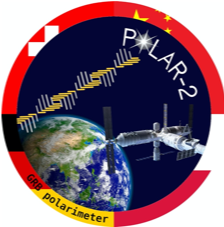
POLAR-2 at the POLSA conference
W dniach 23-24 listopada odbędzie się konferencja „O Lemie i kosmosie” organizowana przez Polską Agencję Kosmiczną POLSA. Dr Adam Zadrożny oraz mgr inż. Dominik Rybka – naukowcy z Narodowego Centrum Badań Jądrowych, będą mówić na niej o międzynarodowym projekcie POLAR-2 i polskim wkładzie w tę misję.
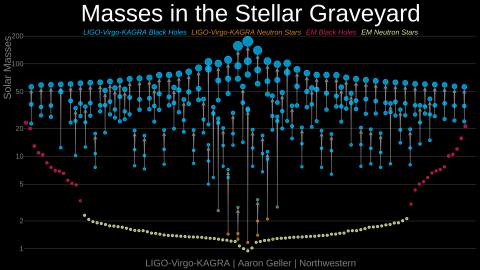
LIGO and Virgo extend the catalog of gravitational waves
In the data from the third observatory campaign of Advanced-LIGO and Advanced-Virgo observatories (from November 2019 to March 2020), another 35 sources of gravitational waves were found, thus extending their list to 90 objects. 32 sources come from the merger of two black holes, and 3 from the merger of the black hole system with a neutron star. Scientists from the NCBJ Astrophysics Department are participating in the work of the LVK consortium.
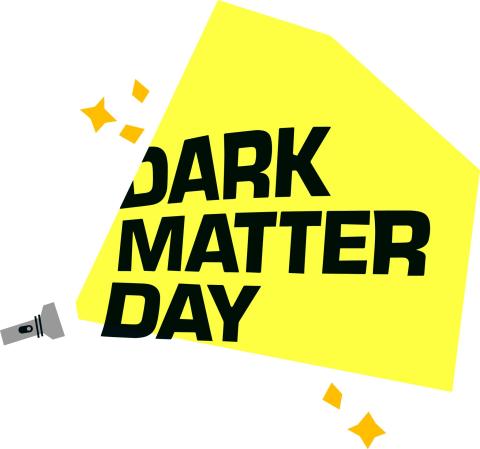
Dark Matter Day
Serdecznie zapraszamy do wzięcia udziału w tegorocznym spotkaniu online, które odbędzie się 28 października i wysłuchania wykładów popularnonaukowych na temat ciemnej materii przygotowanych m. in. przez pracowników NCBJ.
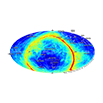
HELP – a modern and standardized catalog of extra-galactic objects
An international team of scientists has provided scientists and enthusiasts with the most complete catalog of extragalactic objects to date, covering an area of over 3% of the full angle of the sky’s solid and containing 170 million sources. The modeling of their energy spectra was the responsibility of Ph. D. Katarzyna Małek from the NCBJ Astrophysics Department.
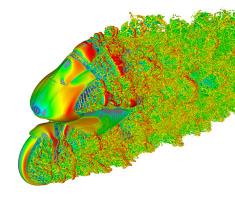
Awards of the DBP Director were awarded
The Committee of the Director of the Fundamental Research Department Award has announced the list of this year's winners. For scientific achievements in 2020, equal prizes were awarded to: professor Lech Szymanowski, Dr. hab. Paweł Bielewicz and Dr. Artur Ukleja. Dr. Anna Durkalec received the award for popularizing activities. Congratulations to the winners!
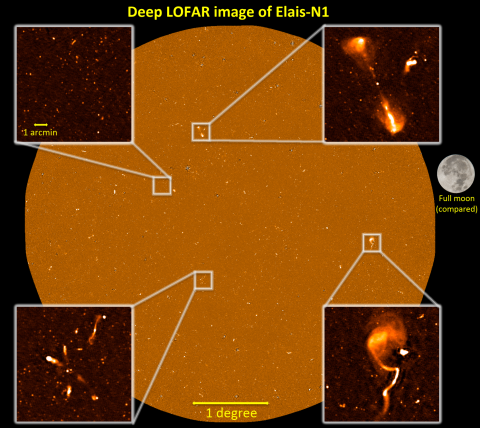
Obrazy radiowe młodego Wszechświata
Międzynarodowy zespół astronomów, w którego składzie znajdują się także naukowcy z Polski, opublikował w czasopiśmie "Astronomy and Astrophysics" najdokładniejszą w historii mapę Wszechświata w zakresie niskich częstotliwości radiowych. Mapę stworzono dzięki europejskiej sieci odbiorników LOFAR. Naukowcy wykryli m.in. słabe poświaty radiowe od gwiazd, które eksplodowały jako supernowe w dziesiątkach tysięcy galaktyk.
